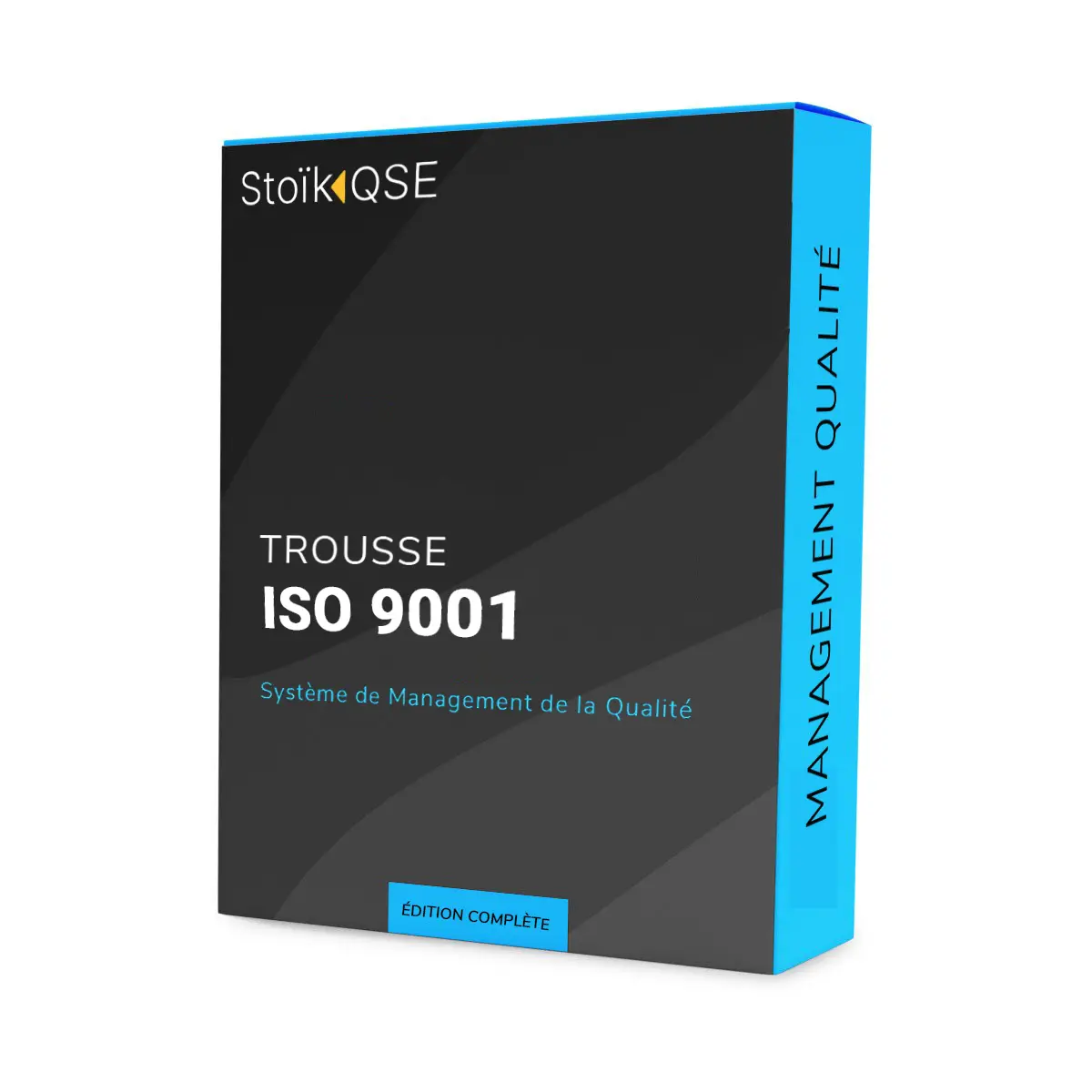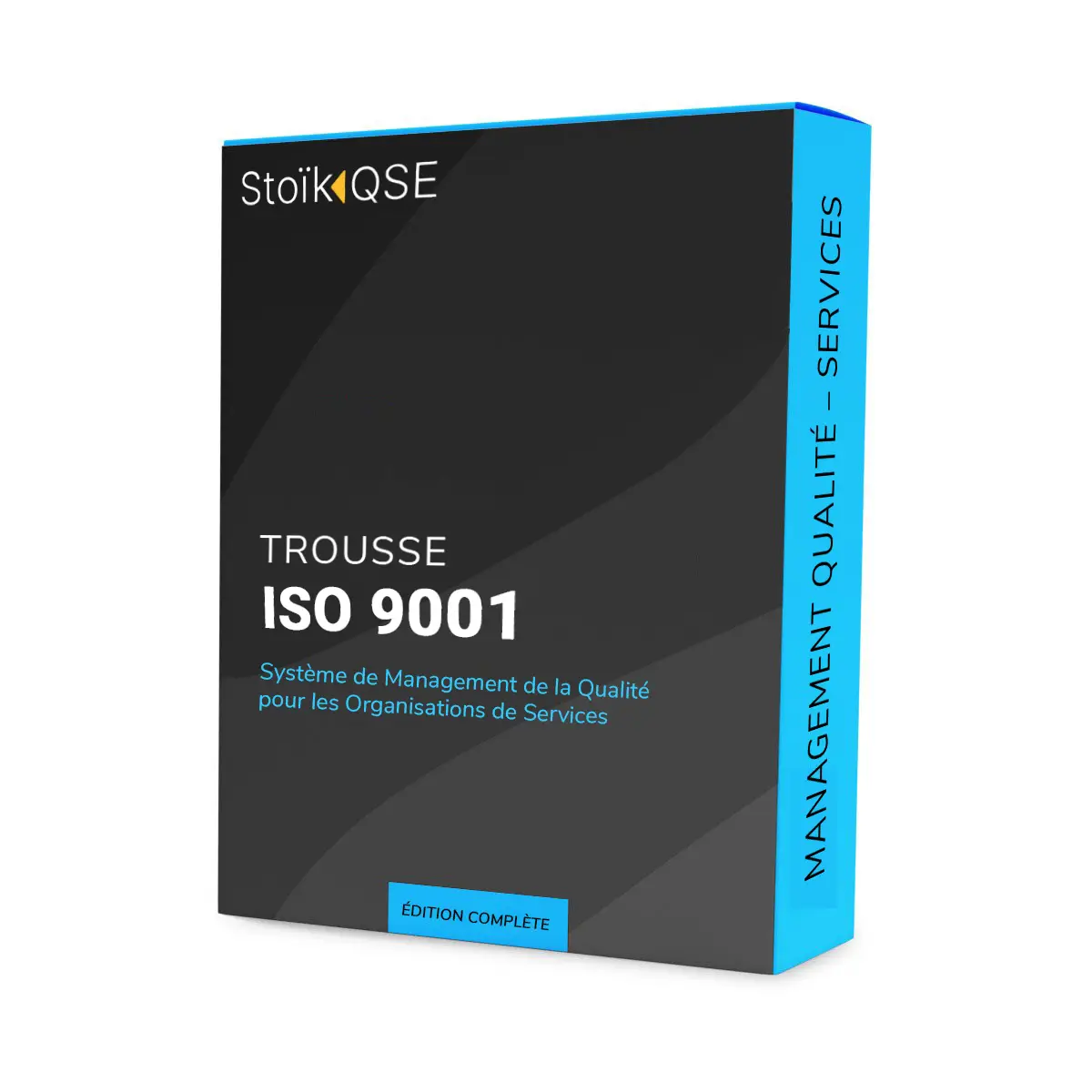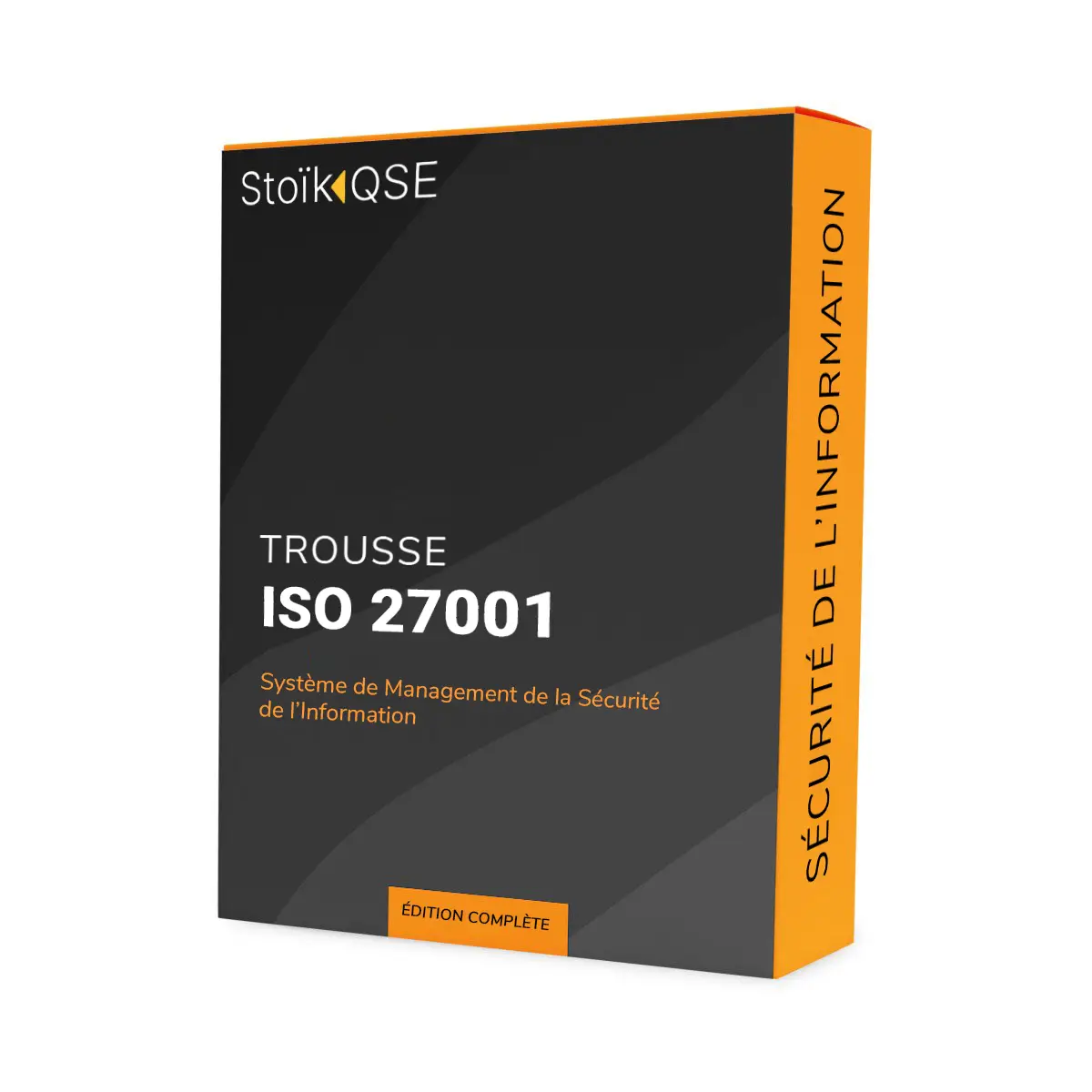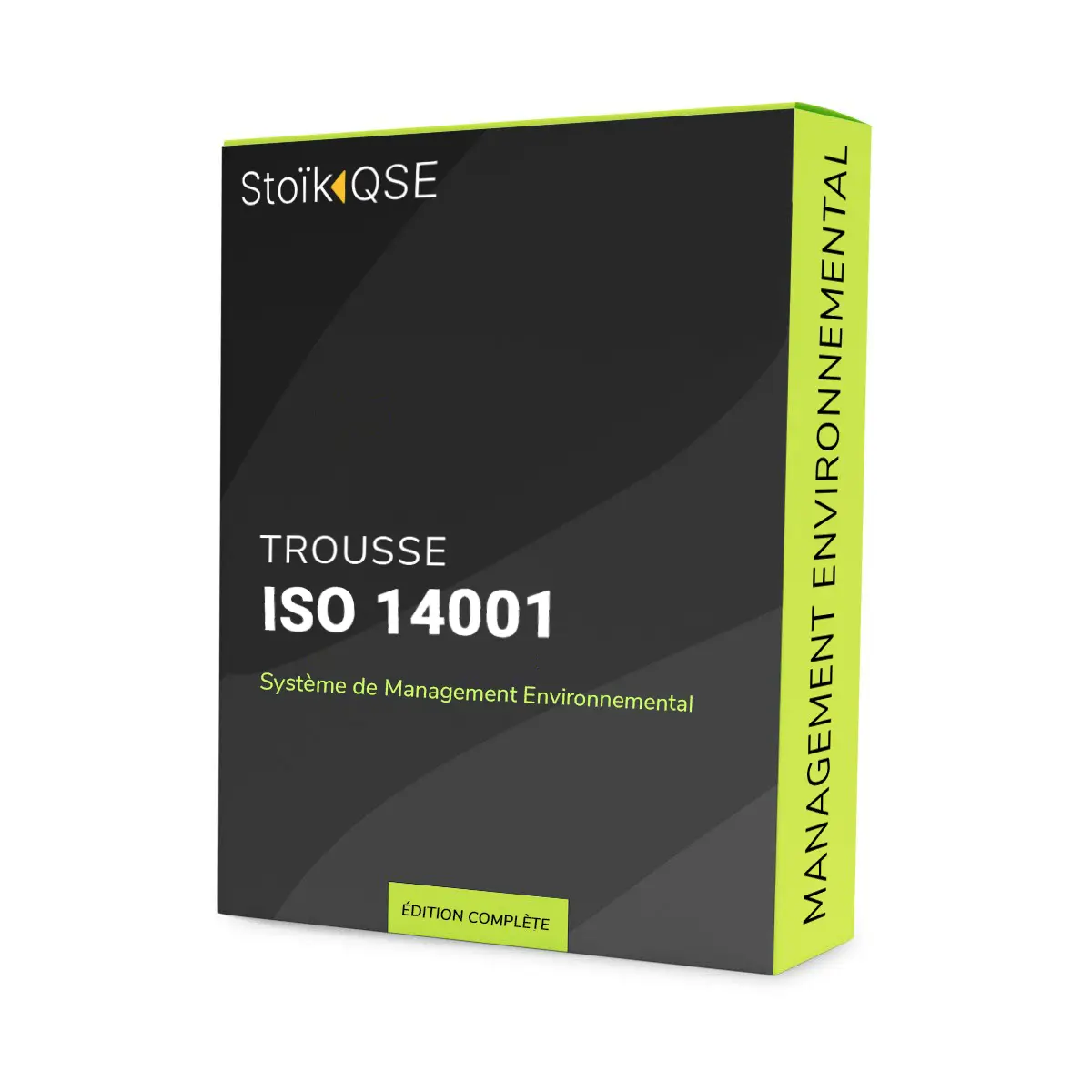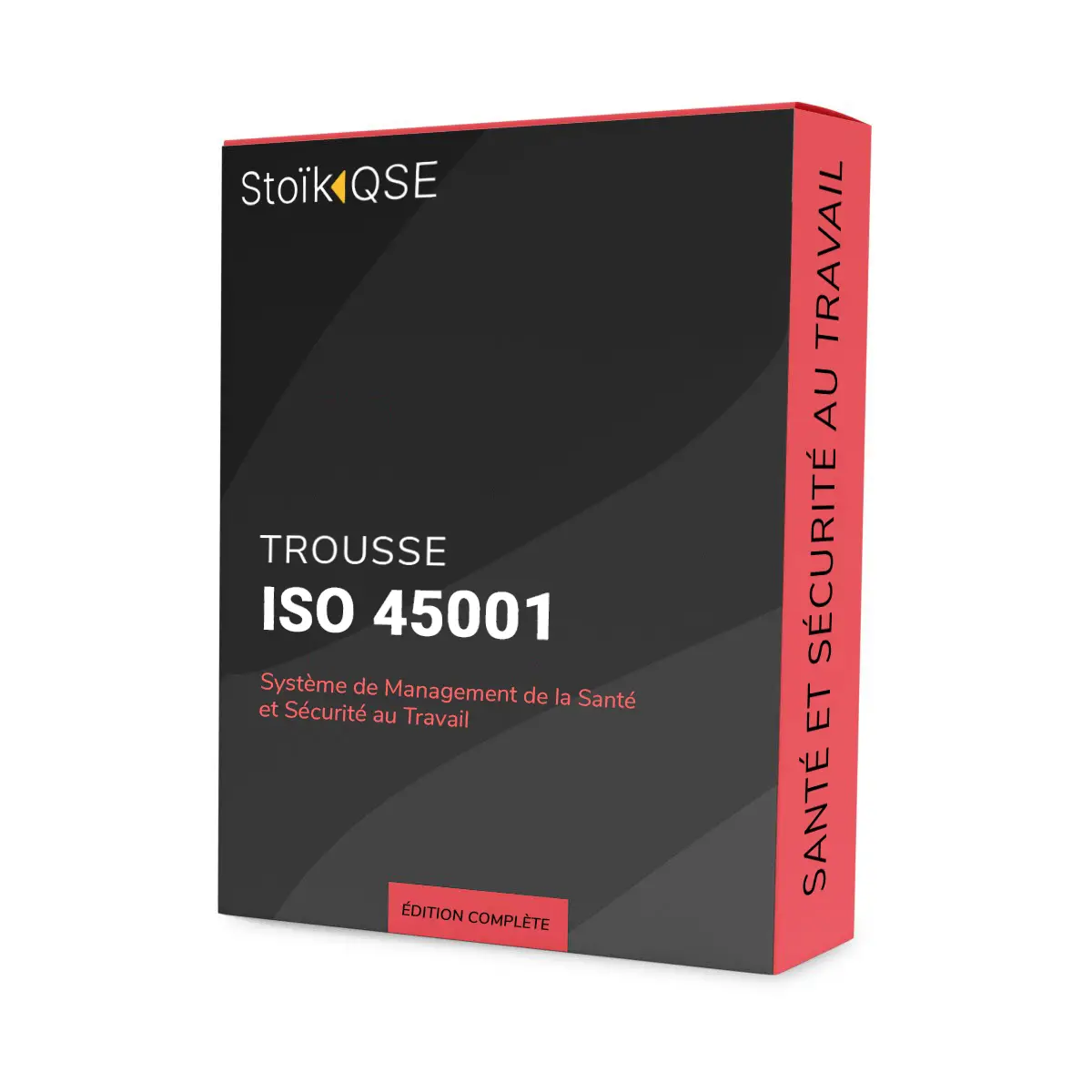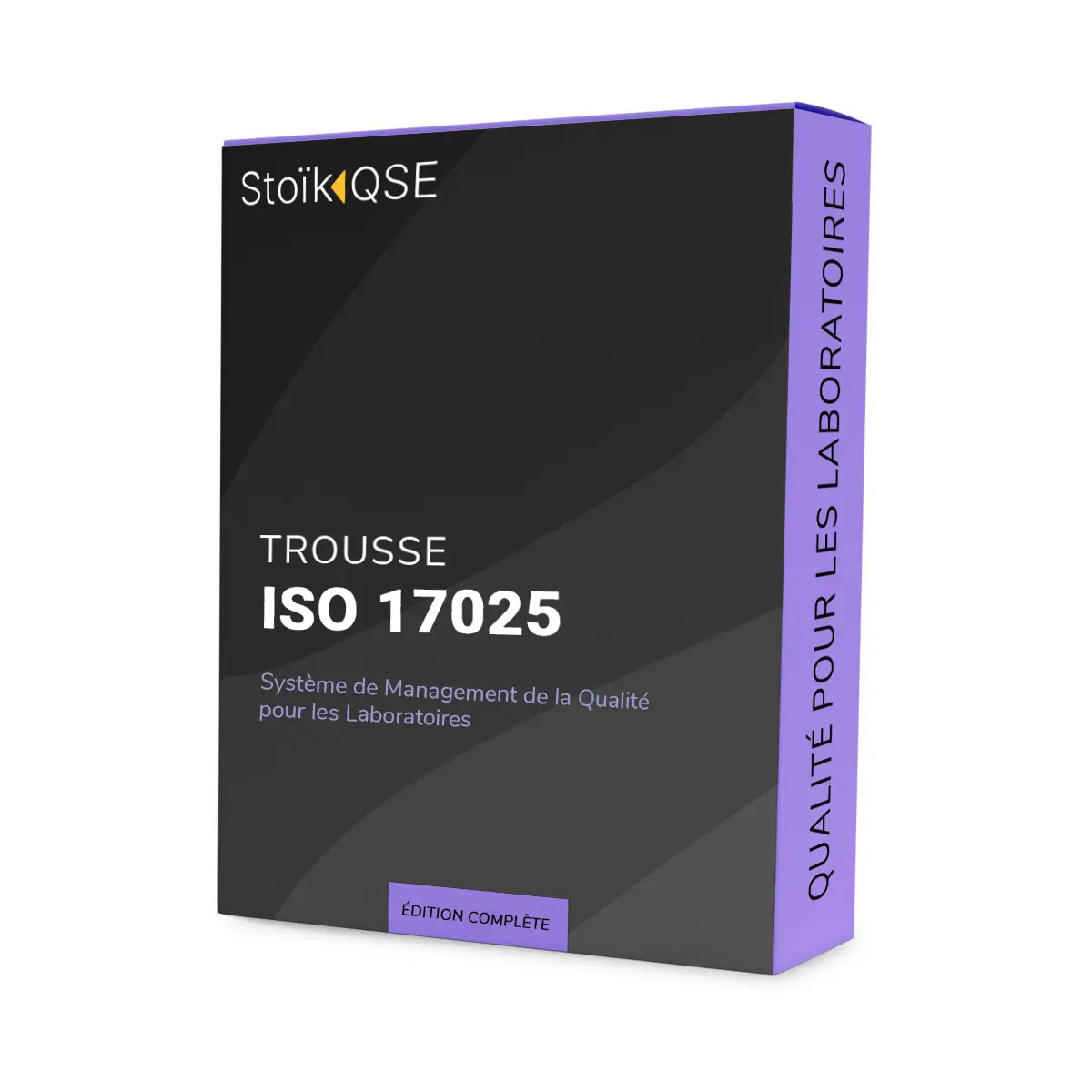Bill 25 is a bit of a back-to-school reminder for Quebec companies: it modernizes the rules governing the protection of personal information. In concrete terms, it imposes new obligations on organizations that handle personal data, with stricter measures to guarantee its protection. But don’t worry, it’s not as scary as it may sound. ISO 27001 can help you navigate these new obligations with complete peace of mind.
What is ISO 27001 and how does it help you with Bill 25?
ISO 27001 is the international standard for information security management. Whether you have sensitive data, complex information systems, or even just customer files to protect, ISO 27001 provides a well-structured framework to ensure that all this information stays where it belongs: in the right hands.
But where it gets really interesting is that this framework can directly help you meet the new requirements of Bill 25, which requires companies to protect individuals’ personal information much more rigorously. Here’s how:
1. Risk management (or how to anticipate problems before they happen)
Law 25 requires you to take steps to protect personal information, and ISO 27001 gives you a clear method for doing so. Through regular risk assessment, you identify potential threats to your information and put in place appropriate security measures. There’s nothing like being able to say “we planned it” when something goes wrong.
2. Responsibility and governance (or who does what?)
ISO 27001 requires that each role in information security management be clearly defined. This ties in perfectly with Bill 25’s requirement for a Privacy Officer (and yes, this is the time when you need to appoint someone to this position). This person must ensure that security practices are properly applied, and that they evolve with the risks.
3. Technical security measures (or digital shields)
Law 25 requires companies to implement technical measures to protect personal data. With ISO 27001, you do just that, by implementing technical controls such as restricted access to information, encryption, and monitoring for unauthorized access. In other words, you build digital walls to secure your data.
4. Security incident management (or how to react quickly when things go wrong)
Nobody likes security incidents, but they do happen. What you need to do is be ready to react quickly and effectively. ISO 27001 requires you to have procedures in place to deal with data breaches. And that’s just as well, since Law 25 also requires any data leak to be reported promptly. By having a well-functioning action plan in place, you can save time and minimize the damage.
How to adopt ISO 27001 to comply with Bill 25 (without losing feathers)
So, how do you put all this into practice? Here are a few concrete steps for adopting ISO 27001 while ticking the boxes of Law 25:
- Start with an audit of your current practices: see where you stand in terms of data protection and identify areas for improvement.
- Set up a risk management plan: ISO 27001 will guide you in identifying the specific risks associated with your personal data.
- Designate your personal data protection officer: this is an obligation under Law 25, and ISO 27001 gives you the guidelines for this person to carry out his or her duties effectively.
- Implement technical security measures: from data encryption to restricted access, there’s no shortage of tools to strengthen your security.
- Formalize your incident management processes: in the event of a data breach, you need to be ready to react quickly and inform the authorities, as required by Law 25.
Conclusion
By combining the rigor of ISO 27001 with the requirements of Bill 25, you create an environment where information security becomes not just an obligation, but a strategic asset for your organization. You show your customers, partners and employees that data protection is at the heart of your concerns.
Adopting ISO 27001 is a bit like acquiring a GPS to navigate the complexities of Law 25: it guides you every step of the way, helps you avoid the pitfalls, and keeps you on course for solid, serene compliance.





